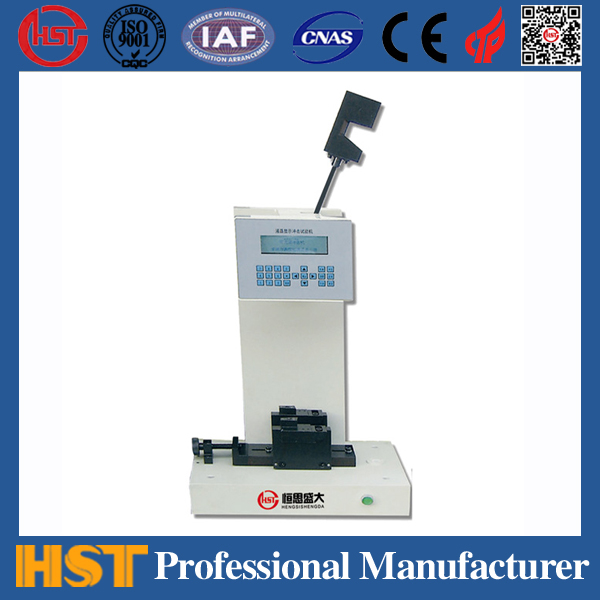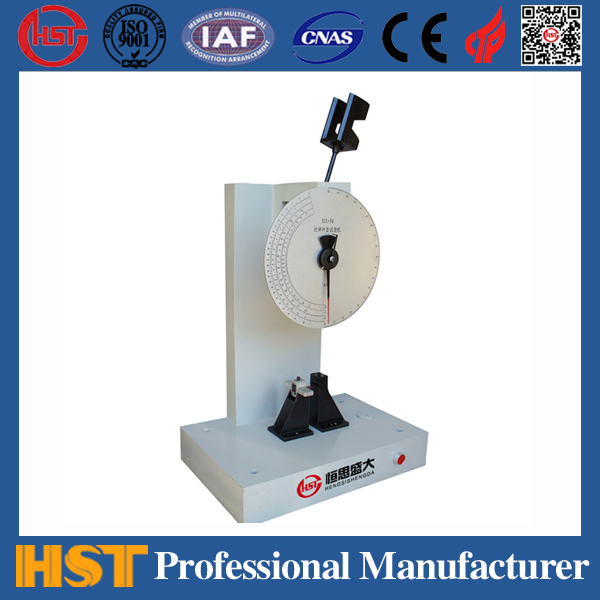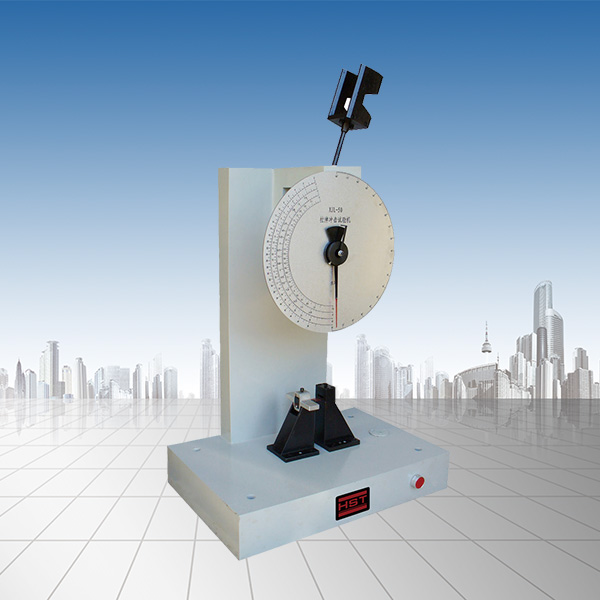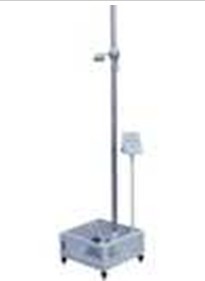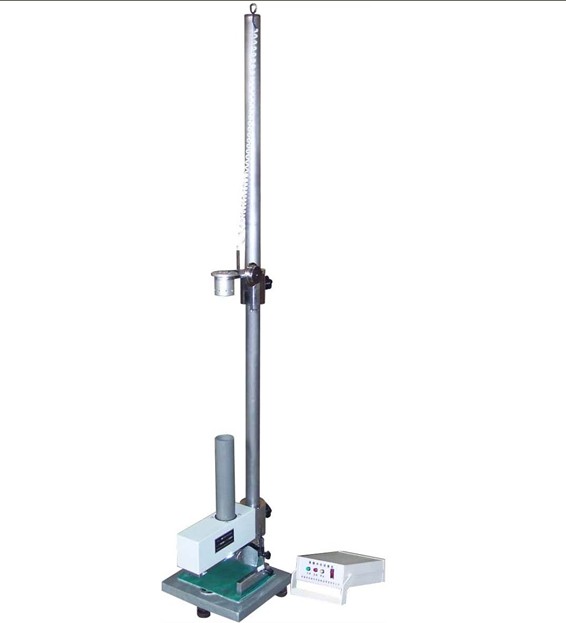Company News
What aspects should be paid attention to when selecting a universal test machine
Release time:2018-11-23 source:Jinan Hengsi Shanda Instrument Co., Ltd. Browse:
The editor learned from the technicians that we found that many customers and friends called to consult and purchase the universal testing machine in our factory, but many friends did not know much about the universal testing machine, and they were not even clear about the selection of the universal testing machine. They all needed to recommend it to them by our technicians. For this, of course, it is necessary for both parties to communicate and discuss for a certain amount of time, which wastes each other's time, and sometimes even causes the equipment to fail to meet the real conditions of the customers.
In order to avoid such situations, Hengsisheng compiled this article and explained it to you.What aspects should be paid attention to when selecting a universal test machineThe problem. The details are as follows:
1. Selection of the model: First, determine the force value required for the measured material. For those with a force value below 2KN, a single column electronic tensile tester is generally used; for those with a force value between 2KN and 50KN, we generally use a double column desktop electronic universal tester; for those with a force value below 50KN, a floor-standing electronic universal tester is required.
2. Selection of test speed and height of universal testing machine: roughly determine the test speed of universal tensile testing machine based on the performance of the product to be tested (a test model that can be purchased that can set the speed). Understand the test space required for the test. The beam displacement and vertical test space required for the test (generally, the beam displacement is 898mm, and the vertical test space is 1067mm). If it is an elastomer test, the beam displacement and vertical test space will be higher. The specific situation needs to be determined according to the experimental requirements.
3. Selection of load sensor: Choose the appropriate sensor according to the requirements of the experiment you have done. The principle of sensor selection is that the small force value of the experiments you have done cannot be less than 10% of the sensor range, otherwise you need to select sensors of different ranges.
Note: Generally, the accuracy of less than 10% of the sensor range is unstable, and the measured data is inaccurate.
4. Selection of flexibility of the test machine: Any mechanical system will deform after being subjected to stress. No matter how slight deformation is, this deformation is called flexibility. And it can lead to serious errors in the test results. Especially in high load tests with small stroke requirements. Therefore, when selecting a test machine, a test machine with relatively high stiffness of the beam, load sensor and fixture should be selected to ensure the correctness of the experimental results.
5. Selection of fixtures: The selection of fixtures should follow the principle that the sample will not slide, will not cause the clip to break, and ensure the axial symmetry of the applied force. In some cases, the clamping requirements are very special, and specially designed fixtures or tooling will require special testing standards.
Recommended productsPRODUCTS



















